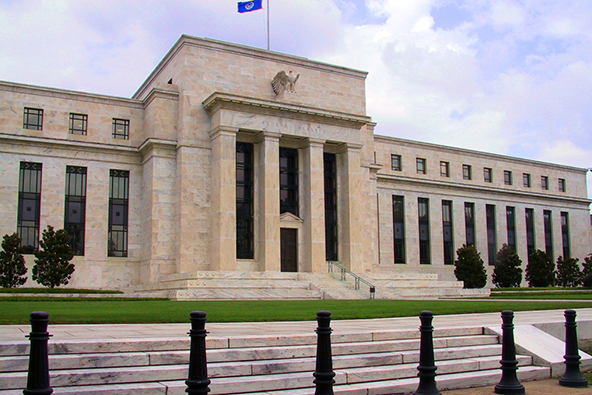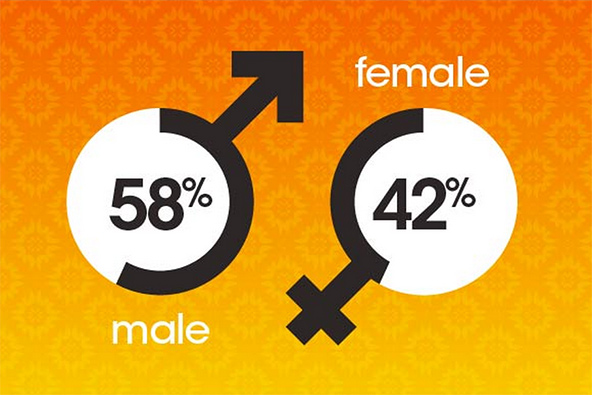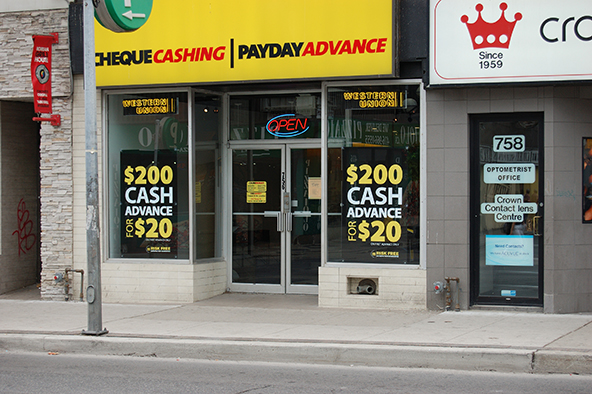Federal Reserve to Reduce Debit Card Fees to $0.12 per Transaction

Debit card fees have been expected to fall, ever since the financial overhaul legislation was passed earlier this year. Among other things, the sweeping law charges the Federal Reserve with the task of ensuring that fees collected by card issuers each time one of their debit cards are used for payment, are “reasonable and proportional.”
The deadline for the rules to take effect is April 2011 and the Fed’s proposal came on last Thursday. Even though everyone expected that debit card fees were going to go down significantly, the proposed limits were so significant that both Visa and MasterCard lost more than 10 percent of their share value in the wake of the announcement.
Under the proposal, interchange fees on debit card transactions would be capped at 12 cents per transaction, about 70 percent lower than the average fee of 44 cents per transaction last year, according to Fed analysis.
Several options are under consideration. Under one of them, banks could receive a “safe harbor” for rates of 7 cents or less and would be allowed to determine their own average cost of authorizing, clearing and settling debit transactions, up to 12 cents. Another option would not offer a safe harbor but would allow any interchange rate of 12 cents or less.
Under current rules, interchange fees are set bi-annually by the credit card associations of Visa and MasterCard and determine the amount card issuing banks collect from each transaction involving one of their cards.
If the Fed’s proposal is finalized in its present form, it would put an end to the blended interchange rate currently in place. At present, the fee paid by a merchant each time a debit card transaction is processed, is composed of a fixed fee and a percentage of the transaction amount.
Let’s examine the most widely used type of debit card in the U.S. – the Visa debit card (the numbers are almost identical with MasterCard). Let’s say that a retailer is paying for what Visa terms as a “CPS / Retail Debit — All Other” transaction the sum of 1.39% + $0.20 of the transaction amount. Here is what each participant in the transaction cycle gets from this amount:
- The card issuer gets 1.03% + $0.15 of the transaction amount. This is the interchange fee.
- Visa gets 0.11% of the transaction amount. This rate is also set by the payment network (in this case Visa) and is called an assessment fee.
- The payment processor gets 0.25% + $0.05 of the transaction amount. This fee is negotiable and is stated in the retailer’s merchant agreement.
It is important to understand that, as proposed, the Fed’s rule will only affect the interchange component of the total fee paid by the merchant. Moreover, it will not affect interchange fees on credit cards.
Banks with assets under $10 billion would be exempt from the rule, but they still oppose it, claiming that they will have to lower interchange rates if they want to remain competitive.
In total, issuers received $16.2 billion from debit card interchange fees last year. A rate of 7 to 12 cents per transaction would reduce this amount drastically, perhaps by as much as 80% or more. Banks are doing everything they can to limit the damage and the Fed is accepting comments on the proposed rules through February 22.
Still, whatever shape the final rule takes in April, issuers will have to learn to live with hugely reduced revenues from debit card transactions. What remains to be seen is whether lower debit card interchange fees would translate into any gains for consumers. Retailers have been claiming it all along during the debate, but it is doubtful.
Image credit: Wikimedia Commons.


